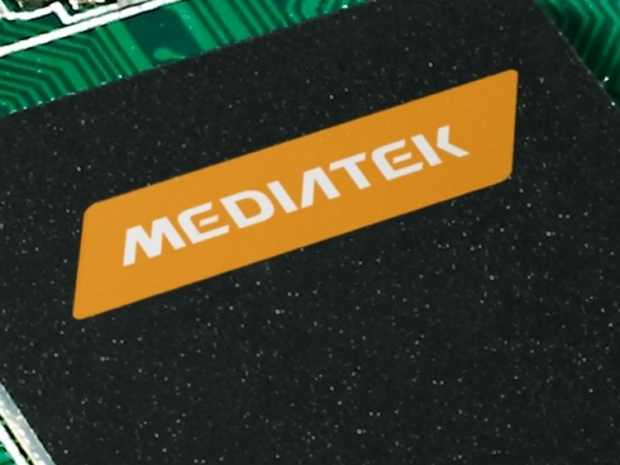According to details provided by Mediatek, the new MT6739 will be based on quad-core Cortex-A53 CPU cores clocked at up to 1.5GHz and an IMG PowerVR GE8100 GPU clocked at 570MHz. It supports up to 3GB of LPDDR3 memory at 667MHz, eMMC 5.1 storage, has support for 18:9 HD+ (1440x720) resolution screens and has support for a 13-megapixel main camera with 1080p@30FPS video capture and Faster NR, AF, Luma/Chroma Noise Reduction features.
The Mediatek MT6739 offers LTE Cat-Carrier Aggregation (CA), CDMA2000 1x/EVDO Rev. A (SRLTE), EDGE, FDD / TDD LTE, GSM, TD-SCDMA, WDCDMA4 DL and LTE Cat.5 UL cellular functionality with support for Dual SIM Dual VoLTE, HPUE, eMBMS. As noted, it comes with Cat.4 DL and Cat.5 UL LTE with peak download speeds of 150MBps and peak upload speed of 50MBps and also packs 802.11abgn WiFi, Bluetooth 4.2 LE, FM Radio and GPS+Glonass/GPS+Beidou connectivity.
The new MT6739 chipset should eventually replace the similar MT6738 chipset, which had the same quad-core Cortex-A53 design but with a different Mali-T860 MP2 GPU clocked at 350MHz.
In addition to the new entry-level MT6739 chipset, Mediatek also took an opportunity to introduce the new Helio P23 to India, which aims at mid-range devices with its octa-core Cortex-A53 (2.3GHz) design with ARM Mali-G71 MP2 (770MHz) GPU, support for 1080p screens, wide memory support (up to 4GB or 6GB of LPDDR3 or LPDDR4X), support for two 13-megapixel cameras, dual-camera designs, and more.
It should not be long before we see the new MT6739 chipset in plenty of entry level smartphones that have been recently flooding the market.




